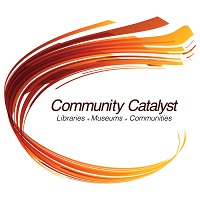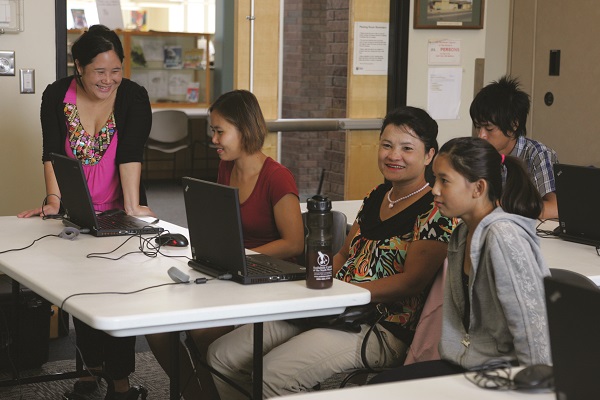Blog Posts | January 16, 2017
Share This
Editor’s Note: This past fall, IMLS launched Community Catalyst, a new initiative aimed at sparking a conversation around ways to help libraries and museums develop a deeper understanding of the best ways to work with communities to bring about positive change. Through a cooperative agreement with Reinvestment Fund, the agency scanned the literature and gathered input from the library, museum, and community revitalization fields. The results of that scan are part of a newly released report (PDF, 28MB). This is the latest in a series of blogs this month highlighting the initiative.
By Jane Eastwood
Saint Paul Public Library
It’s a hard fact: Despite good intentions, libraries may not serve diverse populations equitably. Unseen bias can often mask perceptions of how well our programs serve our communities as a whole. Saint Paul Public Library (SPPL) has made progress toward greater equity with straight-forward tools and practice changes — along with a big dose of intentionality, training, and focus.
We jumped in with both feet in 2014 when the Mayor launched a city-wide initiative to achieve racial equity throughout its workforce, policies, and services. Our first focus was to improve how we hire and retain people of color throughout the library system. A fortunate increase in budget allowed us to increase our workforce, so we took this opportunity to retool our recruitment efforts, and we assured that every hiring committee was as diverse as the population we served. The initiative doubled the number of people of color working at the library so that we now mirror the adult population of the community we serve — 60 percent white and 40 percent people of color. Our next step is to do the same for our full-time staff member ratios. In 2016 we increased the number of people of color employed full time by 15 percent through promotions, and by allowing part-time employees to “job stack” (combine two part-time jobs) to attain benefits.

SPPL was also one of the first city departments to use a racial equity assessment process to closely examine our services for possible barriers or unintentional negative impacts. The first outcome was to eliminate a requirement to have a library card to use public-access computers. A week-long observational survey across branches revealed that people of color were more likely to be denied computer access because they were more likely to not have a library card. We therefore instituted a “no-card practice” where users without library cards receive a guest pass for computer access. Since 2015, the city has required all departments to develop and report quarterly on racial equity work plans, which keeps us accountable.
At the library, we recognize that along with work plans, staff need to be comfortable talking about race and addressing race as a factor in our work. All employees must participate in a full day of racial-equity training, which outlines a shared language that defines equity, bias, and levels of racism, as well as a common framework of strategies that each department deploys in its work plan. SPPL incorporates additional racial-equity training at our twice-yearly all-staff development days. In 2017, we will add racial-equity mini-trainings during monthly branch manager meetings. These trainings will help managers equip staff with awareness and skills to serve our guests in racially conscious and equitable ways.

About the Author
Jane Eastwood is director of the Saint Paul Public Library in Saint Paul, Minnesota.
